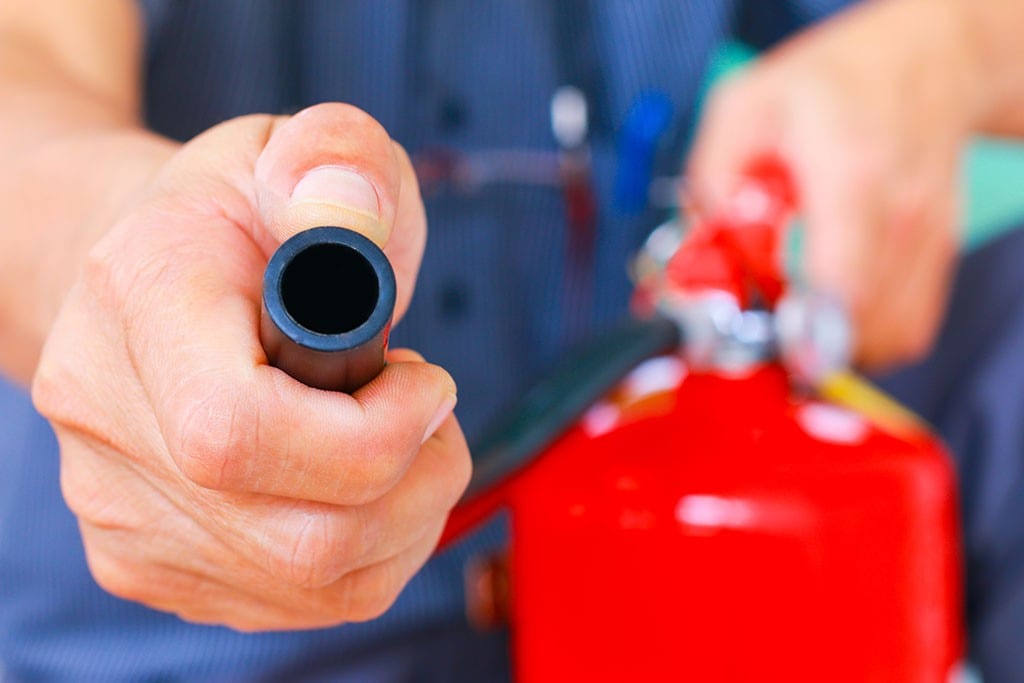For every company in Sydney Fire protection isn’t just a legal requirement but crucial to keeping employees as well as customers and property protected. The effects of fire can be devastating in a matter of minutes. But with security measures that are implemented, many of these risks can be minimized or prevented. Inspections for fires, as well as regular tests of electrical systems and complying with CFSP standards all work to create a safe environment.
The reasons fire inspections are at the backbone of safety
The first line of defense is fire inspections. These inspections make sure that all the components of the fire protection system are in good working order and up-to-date. In Sydney businesses are required to conduct inspections at least once every six months or annually dependent on the type of building and the local council’s regulations. Inspections can cover everything including smoke alarms and sprinkler systems to fire alarm panels as well as hydrants, emergency lighting, and even fire alarms.

The ability to recognize hidden issues and fix problems before they become dangerous is what makes inspections important. In a crisis the smallest flaws on a smoke detector or the fire hydrant’s condition could seem insignificant. Regular inspections of fire hazards are a proactive approach for business owners to not only fulfill their obligations to comply and safeguard themselves from unforeseen disasters.
Testing and Tagging Testing and Tagging: Addressing Hidden Electrical risks
Electrical systems are an important cause of fires in the workplace. Testing and tagging are essential to an action plan for ensuring fire safety. This involves testing electrical equipment to make sure it’s safe and functional, and compliant, after which you attach a clear tag to indicate that the item is in good condition and has passed the test. This is a legal requirement that is often not straightforward to meet. For many companies it’s an effective way of avoiding any potential dangers.
Incorrectly checked, worn-out or outdated cables, appliances with faults and wiring that are not updated can quickly turn into dangers to fire. Regularly testing and marking decreases the possibility of an electrical fault which could lead to the possibility of a fire. The employees also feel confident that the workplace is secure. This creates a sense of trust and confidence within the work place. The combination of testing, tagging, and fire inspections creates an extensive safety program which reduces risk on a variety of areas.
The role of CFSP is compliance and certification
In New South Wales only a Competent Fire Safety Practitioner (CFSP) can be accredit or sign crucial documents for fire safety, like the annual declarations of fire safety. The introduction of CFSP certification has increased the standards for fire safety by ensuring that only qualified professionals can examine and confirm safety. For those who own businesses, having a CFSP means that inspections and reports are not just routine paperwork and evaluations based on reliable data carried out by experts.
The role of a CFSP extends far beyond ticking boxes. These professionals provide detailed reports that verify compliance to regulations. Businesses without CFSP certification face the threat of being penalized, having legal issues and even closure if their protection measures for fires are considered insufficient. By partnering with accredited professionals, you can ensure that the fire safety systems are in place correct and that compliance requirements are fulfilled without stress.
Fire Safety is a Constant Involvement
Safety in the event of fire is not just a one-time responsibility, but it is a continuous responsibility for each business owner. The process of ensuring safety is never-ending with regular inspections, testing of electrical systems constantly, and getting certification under CFSP supervision. This method is not just legal, it also creates a safer environment within the workplace. Employees are able to feel secure knowing that evacuation plans have been formulated Smoke detectors are operational as well as emergency lighting has been tested and the fire suppression system is ready to use.
Making fire safety an ongoing process instead of checking it off every year not only lowers the risk but also enhances a business’s reputation. If safety is considered a top priority customers and clients are more comfortable. In the long run, investing in preemptively to prevent fires saves cost by preventing costly damage, fines and legal battles.
Conclusion
Safety in the event of fire in Sydney requires a multi-layered approach that includes fire inspections as well as testing and tagging and the professional certification of an CFSP. Each element is essential to ensure that businesses are in compliance with the regulations and, more important, that property and people are secured. When safety is a regular element of business instead of as a secondary consideration, businesses will don’t just fulfill their legal obligations but make a more secure and secure environment for the coming years.

